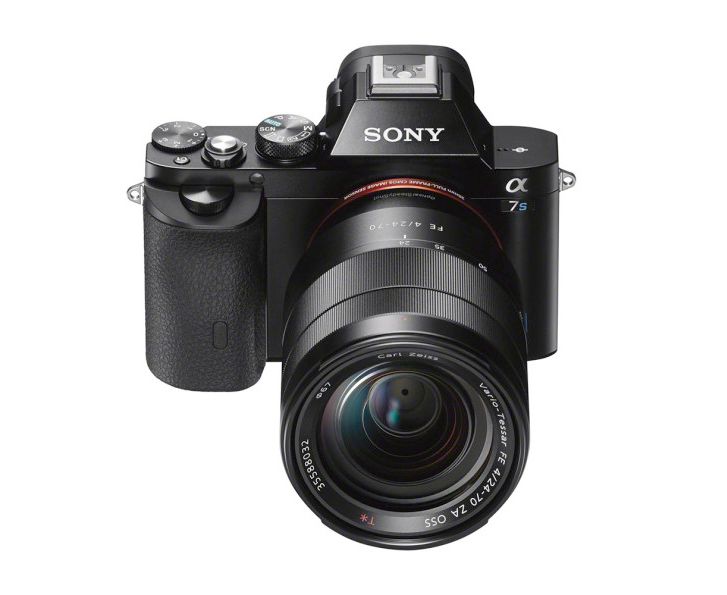Sony has unveiled a new addition to its full-frame compact system camera at the NAB show in Las Vegas: the Alpha A7S.
It's a bold move as the A7S follows on from the original A7 and A7R models just a matter of months after launch. The "S" is built around a lower resolution 12-megapixel sensor capable of shooting from ISO 50 through to a somewhat insane ISO 409,600 (extended) sensitivity and has a new, more sensitive autofocus system than its predecessors.
With 4K ultra-high definition becoming more familiar and more in demand, the A7S also opens up this possibility. It's not able to shoot 4K to an on-board SD card, but can output uncompressed 4K video to an external drive. Sony has released some official 4K footage via YouTube, as seen below, if your computer screen is capable of facilitating it that is.
That's one for the high-end videographers out there, then, and we can see why NAB - the National Association of Broadcasters - was the platform used to announce the camera. In addition the press release issued by Sony promises a new XLR adaptor kit with a direct attachment mechanism, plus collaborations with third parties to support pro-quality 4K video workflow are underway. This is a company that isn't taking pro video lightly.
For on-card capture the A7S can capture video up to 60fps at 1080p, while 120fps at 720p (with a 0.5x magnification) is available for slow-mo at up to one fifth playback speed.
However, of all the specifications it's a single digit number that's most caught our attention. Low-light autofocus ability is possible down to -4EV, meaning autofocus in moonlight ought to be possible. Indeed, we can't think of any other pro spec DSLR with sensitivity below -3EV. Good job Sony.
READ: Sony Alpha A7 review
Elsewhere the A7S is much the same as the original A7. The same quality metal body with E-mount lens compatibility, a built-in 1024 x 768 resolution (2.36m-dot) electronic viewfinder, Wi-Fi connectivity and tilt-angle LCD all feature.
The A7S is an entirely different beast to the original A7, so we're excited to see what this new full-frame Alpha is capable of when we get our hands on one.

